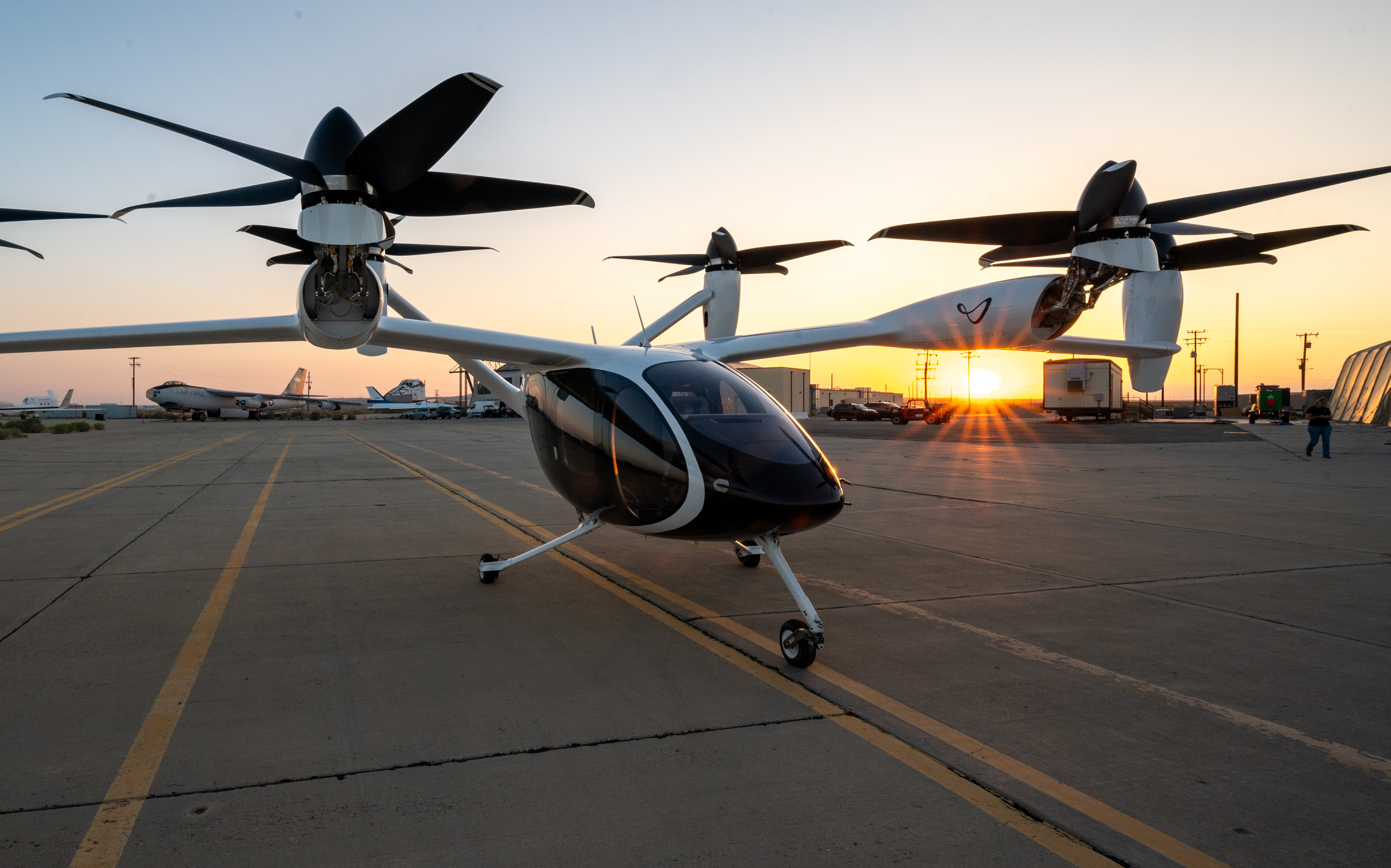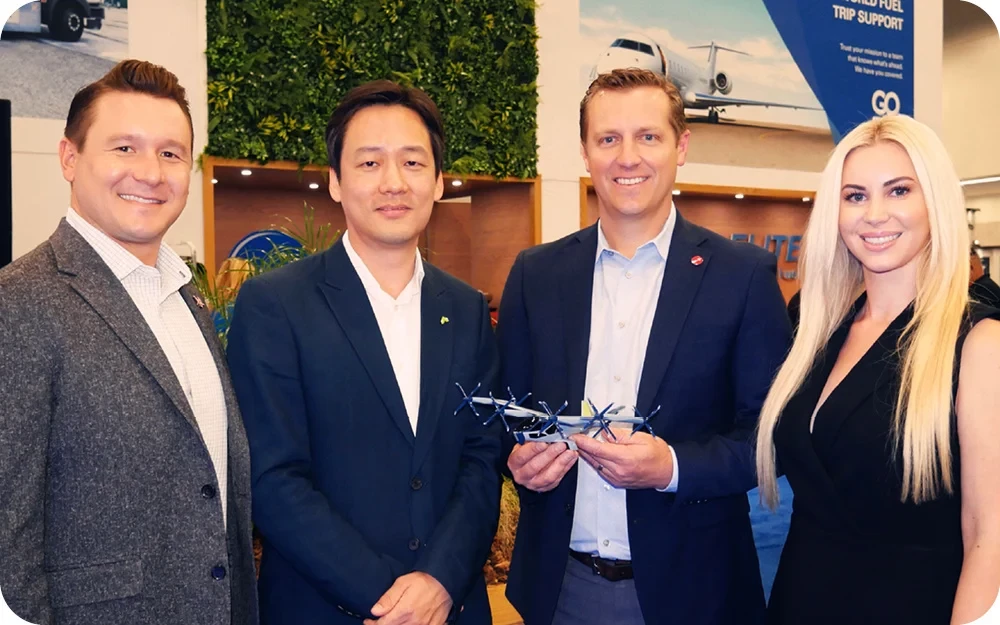
The eVTOL - What is it and will it work?
The eVTOL - What is it and will it work?
Introduction to eVTOL (Electric Vertical Take-Off and Landing)
Welcome to the future of transportation - where flying cars are no longer just a sci-fi dream but a tangible reality. Imagine taking off vertically from your backyard and soaring through the skies in an electric aircraft known as eVTOL. This revolutionary technology is changing the way we think about urban mobility, offering new possibilities for efficient and sustainable air travel. Join us on this journey as we explore the world of eVTOL, from its inception to its potential impact on our daily lives.
History and development of eVTOL technology
The history of eVTOL technology traces back to the early 20th century, with visionary inventors dreaming of vertical take-off and landing aircraft. Over the decades, advancements in electric propulsion systems and battery technology paved the way for modern eVTOL designs.
In recent years, companies like Volocopter have made significant strides in developing fully electric air taxis that promise to revolutionize urban transportation. The concept of flying cars is no longer confined to science fiction; it's becoming a tangible reality.
With major players investing in eVTOL projects and initiatives like Skyports focusing on infrastructure development for electric aircraft, the future looks promising for this innovative mode of transportation. As technology continues to evolve, we can expect even more efficient and sustainable eVTOL solutions to emerge in the near future.
How does eVTOL work?
The concept of eVTOL, or Electric Vertical Take-Off and Landing aircraft, is revolutionizing the way we think about air transportation. But how does this innovative technology actually work?
eVTOL vehicles are powered by electric motors instead of traditional combustion engines. These motors provide the necessary thrust for vertical take-off and landing capabilities. The design typically includes multiple rotors or propellers that enable the aircraft to lift off vertically like a helicopter.
Once in the air, eVTOLs can transition into forward flight by tilting their rotors or wings. This allows them to travel efficiently over longer distances at higher speeds compared to helicopters. The electric propulsion system offers quieter operation and lower emissions, making eVTOLs a more sustainable option for urban air mobility.
Advanced avionics systems and autonomous flight technology play a crucial role in ensuring safe and precise navigation for eVTOL operations. EVTOL represents an exciting convergence of aerospace engineering, electric power systems, and automation that promises to reshape the future of transportation.
Advantages and potential uses of eVTOL
The eVTOL technology offers a range of advantages that have the potential to revolutionize urban transportation. One key benefit is its environmentally friendly nature, as electric aircraft produce zero emissions during flight. This could significantly reduce air pollution and contribute to a greener future for cities worldwide.
Moreover, eVTOLs have the ability to take off and land vertically, eliminating the need for traditional runways. This opens up possibilities for utilizing smaller landing pads in urban areas, making it feasible to integrate them into existing infrastructure seamlessly.
Another advantage is their efficiency in terms of time-saving. With the ability to bypass traffic congestion on roads, eVTOLs could drastically cut down travel times within cities. This speed and agility make them ideal for applications like medical emergencies or aerial surveys where quick access is crucial.
Furthermore, the versatility of eVTOLs allows for various potential uses beyond passenger transport. They can be utilized for cargo delivery, search and rescue missions, surveillance operations, or even as air taxis for short commutes within metropolitan areas. The flexibility of these electric aircraft opens up a world of possibilities in redefining urban mobility.
Challenges and limitations of eVTOL
The eVTOL technology, while promising, is not without its challenges and limitations. One significant obstacle is the current battery technology's limited energy density, which affects the aircraft's range and payload capacity. As batteries continue to evolve, this constraint may gradually diminish.
Another hurdle facing eVTOLs is infrastructure development. Building vertiports and integrating air traffic management systems for these electric aircraft pose logistical and regulatory challenges that need careful consideration.
Moreover, noise pollution from multiple eVTOLs operating in urban areas could be a concern for residents. Finding ways to mitigate sound levels will be crucial for widespread acceptance of these vehicles.
Safety regulations and certification processes are also complex issues that must be navigated to ensure the reliability and security of eVTOL operations. Collaboration between industry stakeholders and regulators will be key in overcoming these obstacles for a successful integration of eVTOL into our transportation system.
Current status of eVTOL projects
The current status of eVTOL projects is buzzing with activity as companies race to bring this futuristic technology to the forefront of urban air mobility. Numerous players like Volocopter are making significant strides in developing electric aircraft that offer a glimpse into a potential future where flying taxis become a reality.
Skyports, specialized infrastructure providers for eVTOL operations, are also emerging to support the development and deployment of these innovative vehicles. These dedicated landing pads will be crucial in enabling seamless transitions between ground transportation and electric air taxi services.
With advancements in battery technology and increased investment pouring into the sector, the prospects for eVTOLs seem promising. However, challenges such as regulatory approvals and public acceptance still pose hurdles that need to be addressed before widespread adoption can take place.
Future outlook for eVTOL technology
As we look ahead to the future of eVTOL technology, the possibilities seem endless. With advancements in battery technology and aerodynamics, eVTOLs are poised to revolutionize urban air mobility. The potential for reducing traffic congestion and carbon emissions is exciting.
In the coming years, we can expect to see more companies entering the eVTOL market, driving competition and innovation. This could lead to improved safety features, longer flight ranges, and increased efficiency.
Governments around the world are also taking notice of eVTOLs as a solution for sustainable transportation in crowded cities. Regulations will need to adapt to accommodate this new mode of transport.
The integration of eVTOL air taxis into existing infrastructure like Skyports is another aspect that will shape the future landscape of urban transportation. As these developments unfold, it's clear that eVTOL technology has a promising future ahead.
Conclusion
In a rapidly evolving world where urban congestion and environmental concerns are pressing issues, eVTOL technology emerges as a promising solution. With its electric aircraft and air taxis, the concept of vertical take-off and landing opens up new possibilities for urban air mobility.
Though still facing challenges such as regulatory hurdles, infrastructure requirements, and public acceptance, ongoing projects like Volocopter and initiatives by companies like Skyports show that the future of eVTOL is within reach.
As advancements continue to be made in battery technology, autonomy systems, and safety measures, the potential for eVTOL to revolutionize transportation grows brighter. The vision of seamlessly integrating electric air taxis into our cities may soon become a reality - offering efficient, sustainable, and innovative ways to travel.
The journey towards widespread adoption may be complex but with determination and collaboration from industry stakeholders worldwide, the skies of tomorrow could very well be filled with silent wings of electric vertical take-off and landing aircraft.


